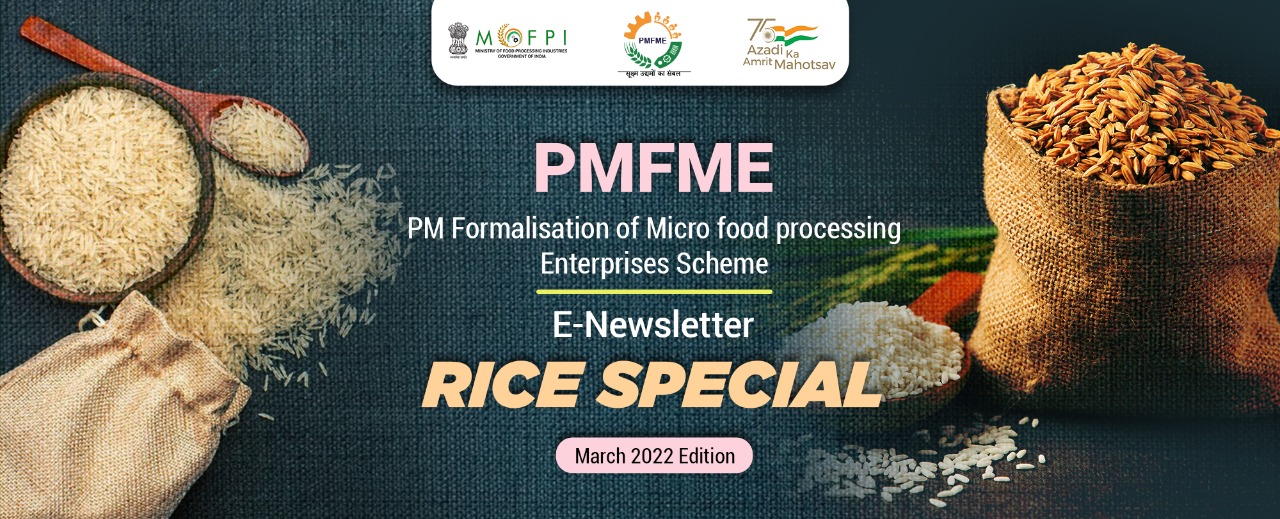

Global demand for rice is growing with the rapid growth of human population across the globe. Qualitative enhancement of cereals besides the quantitative requirements is a major concern of todays’ modern agriculture. Moreover, the stake of increasing crop production can successfully be aided by reducing the huge post-harvest loss (>40%) associated with poor processing operations. There are numerous conventional methodologies and techniques available for rice processing which are still pronouncedly employed till date. However, novel or smart innovations viz. nanotechnological interventions have tremendous impact on value addition in agriculture. Freshly harvested paddy holds high moisture making it highly susceptible to microbial contamination. In rice, supplementation of zinc oxide nanoparticles as nanofertilizers resulted in improvement of grain yield, increased micronutrient (Zn) content and dry matter of the milled rice. Further, it was reported to increase milling recovery, protein content and high quality appearance of polished rice. Nanotechnological intervention in post-harvest provides extended application in nanocoatings. This provides a fence to external agents (gases and microbes), edible coatings using toxic free biopolymers, smart packaging with sensors to detect the current stages indicating moisture level and microbial contamination for efficient delivery of the produce.

Figure: Interventions of nanotechnology in food industry including rice
Among metal nanoparticles, silver based nanocoatings offer best hindrance against bacterial and fungal contamination. While nanosensors potentially record every minute change in the environment during storage (temperature, oxidative exposure and relative humidity), degradation of products, contamination by microbes or any insect or pest infestation during transit and storage. Polymeric nanosensors have been recently reported to check grain quality that respond to volatile compounds and other analytes under the environment of stored foods and hence, identify the origin and any kind of disintegration associated. Nanoencapsulation of scented rice offers encapsulation of aroma, flavour, texture and shields them from moisture, heat, microbes and pests during storage and transit period. Smart packaging installed with nanosensors like e-tongue and e-nose for distant export of the finest Indian rice can result in good foreign exchange which contributes to the nation’s economy. Characterisation through AFM (atomic force microscopy) allows identification of deficient ingredients, detect pathogens and other spoilage rapidly under stored environment. It also detects molecular interaction of foods particles at nanoscale revealing the fitness of the produce to disseminate to the final consumer end. In conclusion, nanotechnology offers novel yet promising outcomes to boost the quality with the aid of modified formulation of food, smart packing of food and monitoring of processes which can deliver improved, safe, high quality, precise food system with extended shelf life.

Figure: Various applications of nanosensors in food packaging
(Content shared by Naorem Bidyaleima Chanu, Department of Vegetable Science, College of Horticulture and Forestry; Dr. Yengkhom Disco Singh, Department of Post-Harvest Technology, College of Horticulture and Forestry, Central Agricultural University, Pasighat, Arunachal Pradesh)